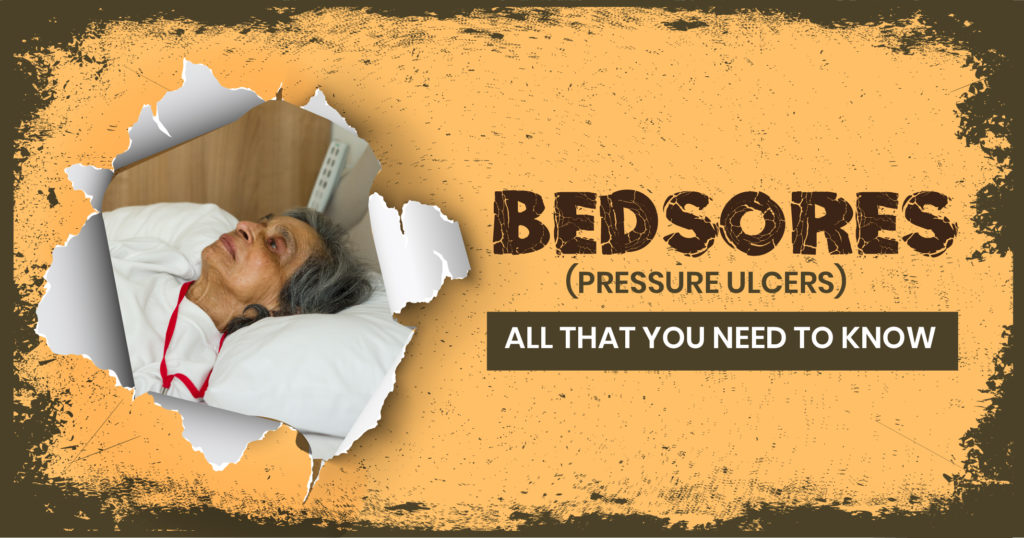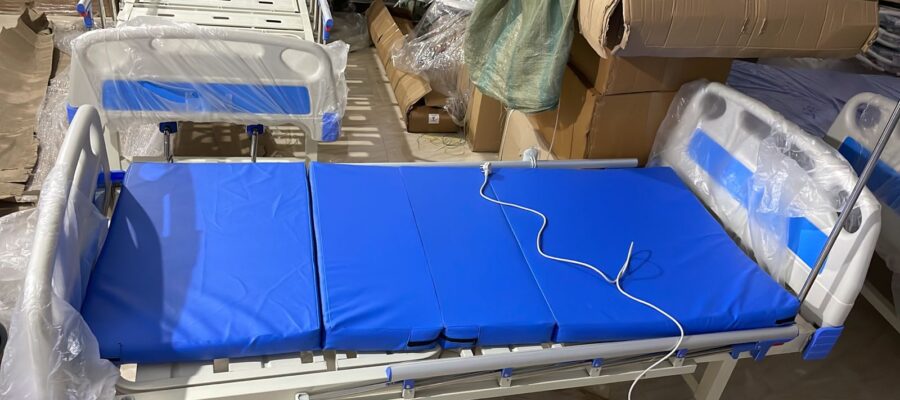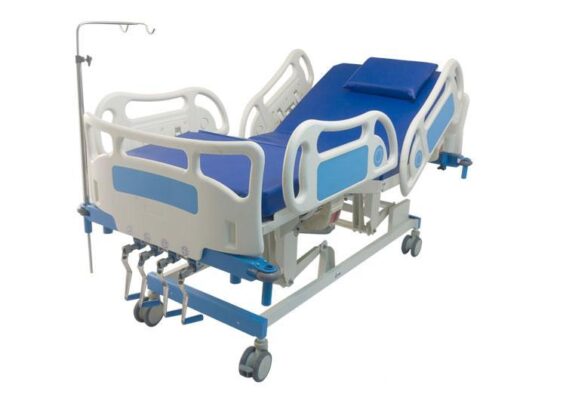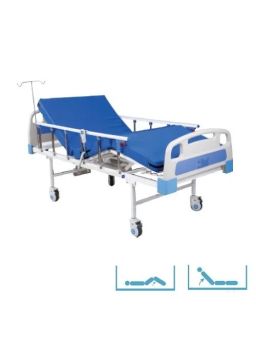
Not everyone is privy to the gory sight of bedsores. Most people are clueless as to what it is and what caused it.
Thank you for reading this post, don't forget to subscribe!A friend of mine was horrified to see significantly large crater-like wounds exposing fat and muscle on her bedridden mother in law’s heels and hips and rushed to fetch a doctor, doubting something seriously fatal. She wasn’t wrong.
The fact is that untreated bedsores are killing many hospital and bedridden patients as they lead to ulcers which are dangerous. But another point not to be missed out is that these bedsores are easier to prevent than to treat. Of course, this does not mean that the whole process is free from any complications but prevention measures help in reducing the development of infection and worsening of the condition.
Let us understand first how bedsores develop.
Bedsores or pressure sores as they are also called are injuries to the skin or underlying tissue due to prolonged pressure in that area. And they often develop on the skin that covers the bony parts of the body namely, hips, elbows, heels, shoulders and tailbone. So obviously the treatment should primarily be directed towards frequent shifting of positions.
Here is how it should be done*
If the patient is confined to a bed

- The sleeping position has to be changed every once in two hours.
- The bony areas have to be protected by a soft cushion or folded linen to avoid contact with the hard surface of the bed and reduce pressure. Heels can be floated mid-air with padding beneath the calves.
- Adjust the elevation of the bed. This prevents shearing of the skin.
- Special cushions like foam and gel or mattresses like an air-filled or water-filled mattress should be used. This helps in easy repositioning, relieving pressure and hence protecting the sensitive areas.
- Mild exercise by lifting arms or feet or using trapeze bars if the upper body is strong should be done regularly.
*If the patient is wheelchair-bound
- The weight of the body should be shifted every 15 minutes and the position should be changed once every hour.
- If upper body strength is good, then wheelchair push-ups help relieve the pressure from vulnerable areas.
- Special cushions like the ones mentioned earlier can be used as padding on the seat. And there are special wheelchairs available that can tilt and help reduce pressure
Taking care of the skin
- Frequent checking of the skin is important to identify any developing sores. Caregivers have to be instructed to do the same regularly.
- The skin should be kept clean with the help of mild soap and warm water.
- It is important to keep the skin protected from excessive moisture by using talcum powder, and frequent changes of clothes or diapers. And from dryness by using protective lotions.
- Keep the skin hydrated with sufficient fluid intake and eat a healthy diet.
Despite proper planning, managing bedsores can be a very tedious and exhausting task and there are usually lapses resulting in the situation spiralling out of control.
A good alternative would be to hire professional caregivers who are trained to handle such conditions compassionately and effectively, helping the patients and their families cope better.



